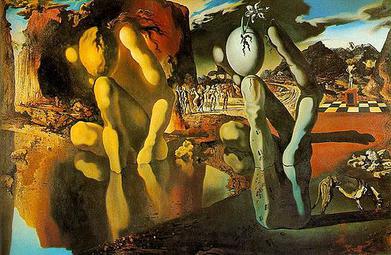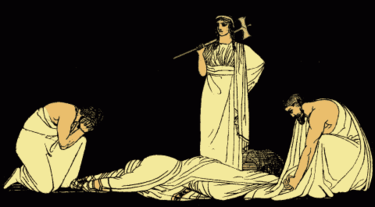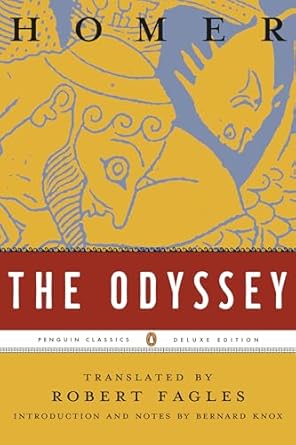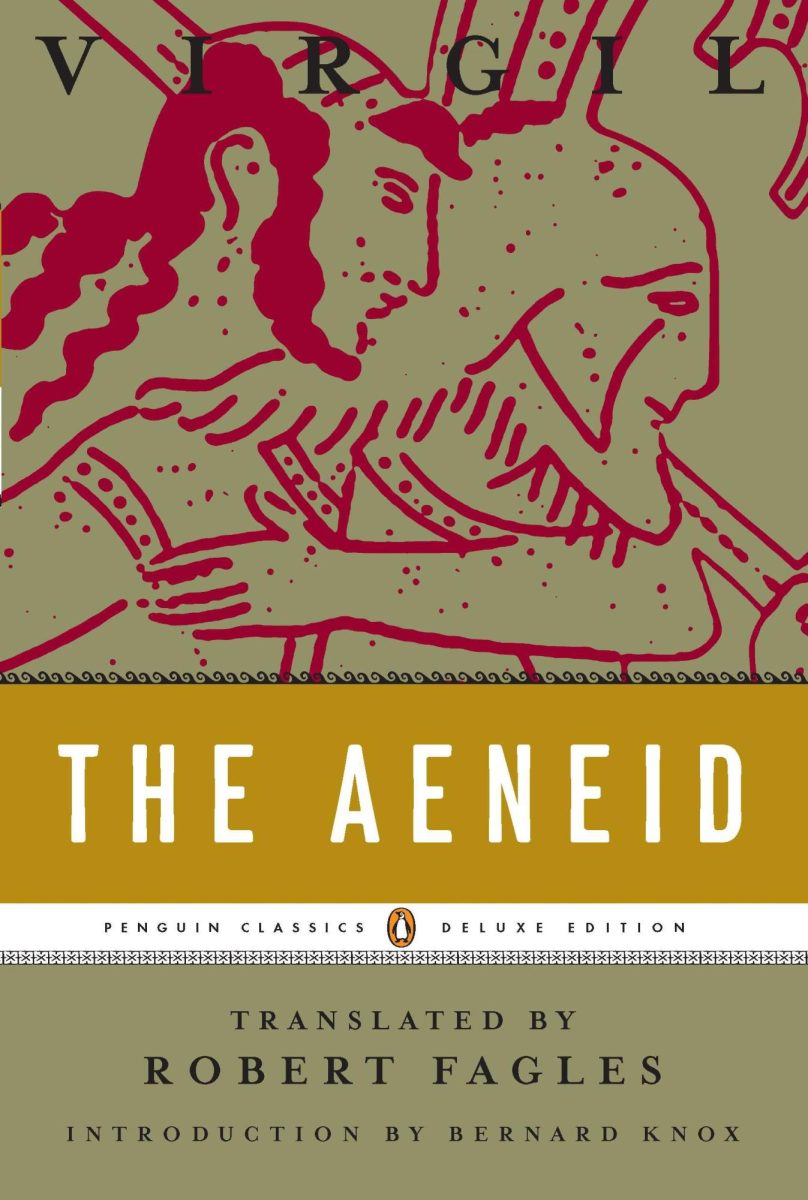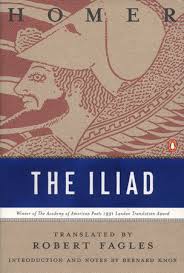Ovid’s Metamorphoses:
An Exercise in Change and Art
“Changes of shape, new forms are the theme which my
Spirit impels me
Now to recite. Inspire me, O gods (it is you who have even
Transformed my art), and spin me a thread from the
World’s beginning
Down to my own lifetime, in one continuous poem.”
So begins Ovid’s Metamorphoses, subject of art, music and poetry, inspiring artists, musicians, and poets alike through millennia. Not to be confused with Kafka’s The Metamorphosis, Ovid’s work is a collection of stories and myths beginning with the creation of Earth through the death and apotheosis of Julius Caesar (his deification into a god). Found in the pages of this one continuous poem are many iconic myths such as Europa and the Bull, Semele and Dionysus, Apollo and Daphne, Icarus and Daedalus, Arachne and Minerva, the touch of King Midas, Orpheus and Eurydice and many more.
The book is filled with myths of creation and destruction, and betrayals and jealousies. Characters commit acts of atrocity and revenge,and yet perform acts of love and compassion. Yet change is the crux of Ovid’s work. Through the fifteen books that comprise Ovid’s poem, approximately 250 changes occur. Humans are turned into animals, birds, springs, and rocks; trees, plants, and stars. Mud and the teeth of a dragon are turned into humans, and the ships of Aeneas are turned into nymphs. And while reading about these stories may be entertaining, what can we take from them all? From reading the hundreds of pages of this masterpiece, the answer to this question came to me in book fifteen, in the words of the great Pythagoras:
“In the whole of the world there is nothing that stays unchanged…Any shape that is formed is constantly shifting.”
The statement is simple when first encountered, but it is the simplicity of these words that gives them all the more impact. Oftentimes in our lives, we strive for routine. It is far easier to maintain the same practices throughout our lives; to maintain the same relationships and refuse any uncomfortable change. However, no matter how much we cling to the past, there is no way for it to be our future as well. As Ovid says through Pythagoras:
“Time itself flows steadily by in perpetual motion.
Think of a river: no river can arrest its current, nor can the fleeting hour. But as water is forced downstream
by the water behind it and presses no less on the water ahead,
So time is in constant flight and pursuit, continually new. The present turns into the past and the future replaces the present; every moment that passes is new and eternally changing.”
Ovid shows us that change is essential. It is change that brings life into the world and even by the destruction, or change of said life, new life comes into existence. Ovid uses the examples of night and day, the four seasons, and the stages of life to beautifully and masterfully illustrate this idea to us; that which is, will change, and that too, will not remain forever.
“We see times change and civilizations rise and fall. Yes, Troy was great in her riches and people;
for ten long years she was able to spend the blood of so many
sons in her cause; but now she is humbled and all she can show
for her glorious wealth is ancestral barrows and ancient ruins.”
He goes on to say, however:
“I rejoice that the walls of my kinsmen
are rising so fast that the Greeks won a war for the good of the Trojans.”
The fall of Troy was a moment of destruction, yet from its ashes rose Rome—a transformation that ultimately secured the legacy of the Trojans. Even outside of history and grandeur, metamorphoses occur. In the simple, everyday life of nature, change happens, whether we fail to pay attention or not.
“When a bear reproduces, she doesn’t give birth to a fully-formed cub but a half-living lump of flesh, which she carefully licks into shape…
larvae…memberless bodies at birth…only later assume the feet and the wings for their business. The bird of Juno, the peacock who carries the stars in her tail, the eagle that bears Jove’s bolts and the doves of beautiful Venus, the whole of the avian family-who would suppose they could grow from the yolk of an egg, if one didn’t know for a fact that they did?”
Change and metamorphosis happen all around us. They happen to us. Whether we accept it or not, whether we reject it or embrace it, they will and do occur, though we may be blind to them or ready to welcome them.
Outside of the philosophical, what more can be said about Ovid without discussing the impact he’s made in art. Throughout Metamorphoses, Ovid paints the myths of that he speaks of in our minds through his eloquent use of words. Throughout the years, artists have taken the words of Ovid and changed them into paintings and sculptures alike. From the Renaissance to the Baroque period to the twenty-first century, renowned artists such as Bernini, Titian, Bruegel, and Poussin have used Ovid as a direct subject for art. Bernini uses the myth of Apollo and Daphne, who turns into a laurel tree, as the subject of his world-renowned sculpture, Apollo and Daphne, considered to be a masterpiece of Baroque sculpture.
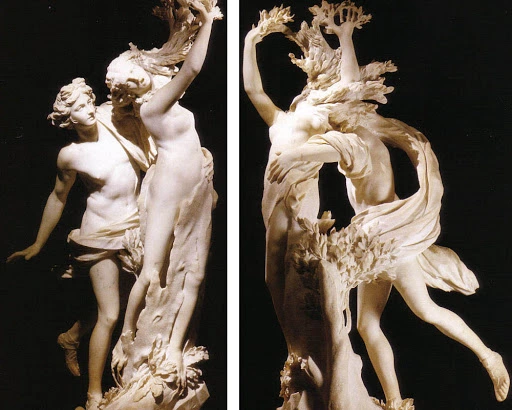
From the late 1850s to the early 1860s, Titian painted a series of seven large paintings, with each depicting a myth from Metamorphoses. These include Danaë, Venus and Adonis, Perseus and Andromeda, Europa and the bull, Diana and Actaeon, Diana and Callisto, and the Death of Actaeon. This series of paintings is considered to be some of Titian’s best work. Landscape with the Fall of Icarus is a painting believed to have been by Bruegel. The painting portrays Ovid’s account of the myth of Icarus and Daedalus, as they both portray a shepherd working and ships at sea. While the painting is now generally accepted as a good copy of the original, the composition, it is believed, is completely by Bruegel.
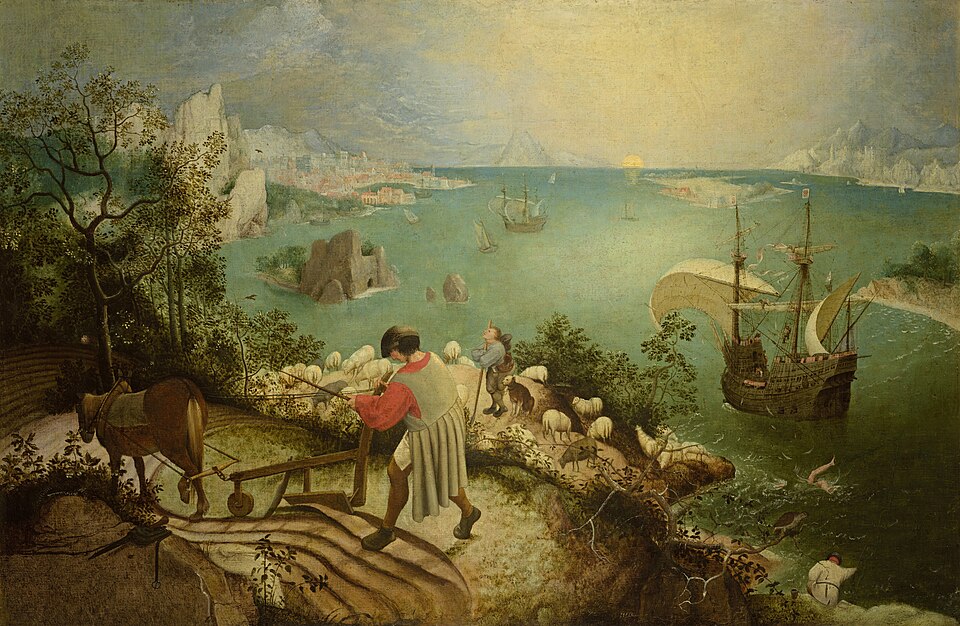
The Fall of Phaeton is a painting by Flemish master Peter Paul Rubens, which depicts the myth of Phaeton, the son of Helios, who, when granted one wish from his father, asked to drive the chariot of the sun, leading to his fall and the scorching of the earth. Among many portrayals of this myth, Rubens’ depiction stands out for its light contrast between Zeus’ lightning and the darkness of the rest of the painting, facilitating the display of expressions in the painting.
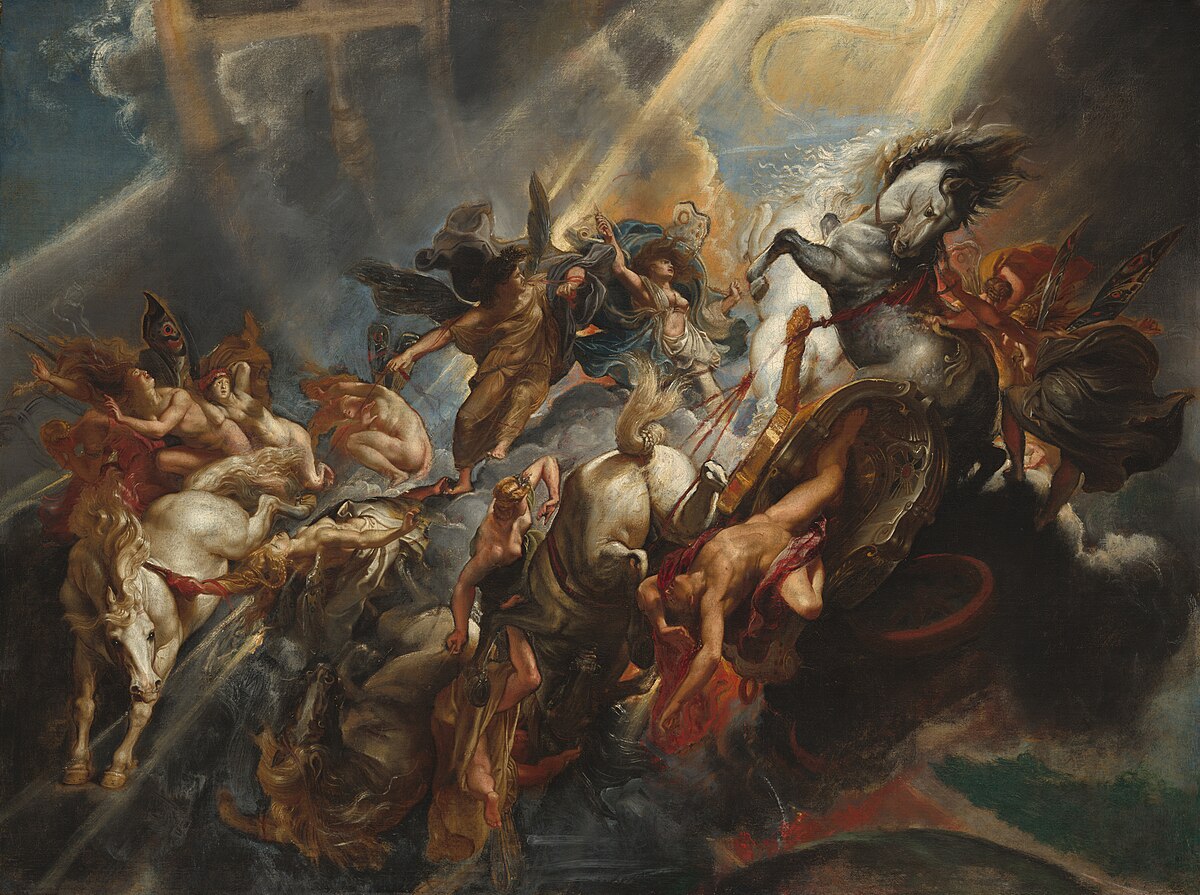
Metamorphosis of Narcissus is a surrealist painting by Spanish artist Salvador Dali. In it, he portrays the myth of Narcissus, who, enamoured by his own reflection, stares at it until he dies. On the left of the painting is Narcissus crouched in the pool, while on the right, an egg mirrors his shape. Out of the egg sprouts a Narcissus flower, the resulting metamorphosis of the Narcissus. These artists and many more have used Ovid’s work as inspiration and subjects for their own art, solidifying Metamorphoses as a prominent influence in broader Western culture.
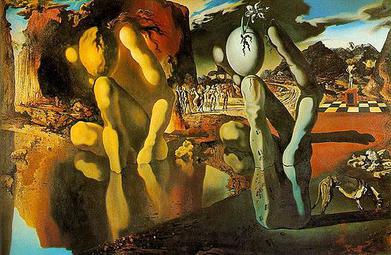
With all this being said, I recommend Metamorphoses to anyone trying to learn more about both Greek and Roman mythology. Outside of pure entertainment, Ovid’s Metamorphoses reminds us that change is not just an occurrence in mythology, but a truth of existence. Whether we resist or embrace it, transformation is inevitable, shaping both the grand changes of history and the smallest moments of daily life.
If you are looking to read Metamorphoses for yourself, I recommend David Raeburn’s translation, who uses language that is easy to understand, and this edition includes explanatory notes which I always enjoy.
I give Ovid’s tale of change 8 out of 10 stars. Thanks for reading.


